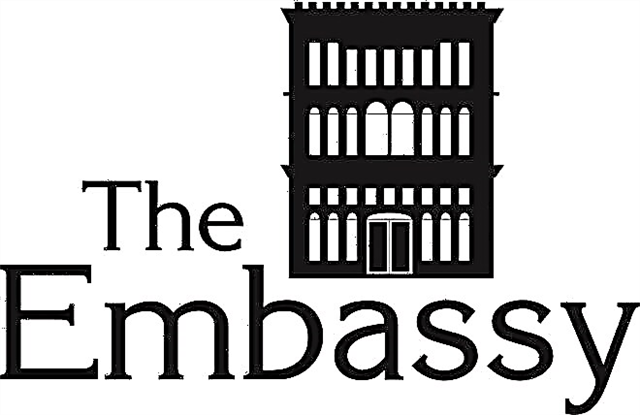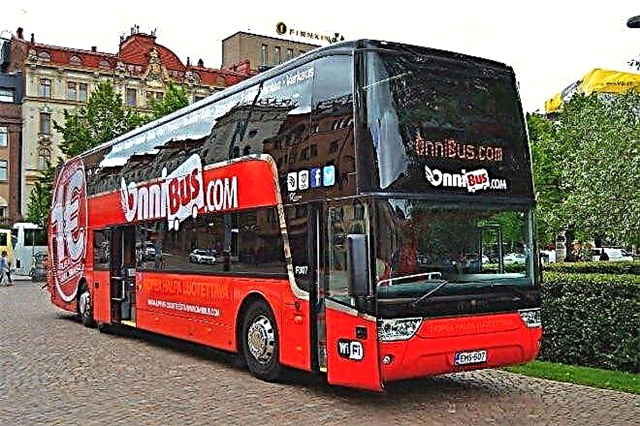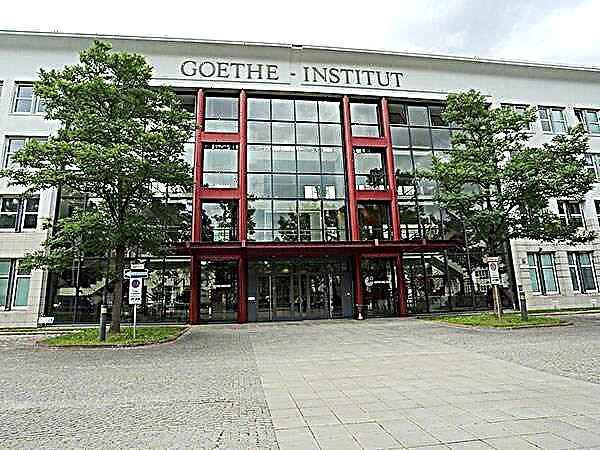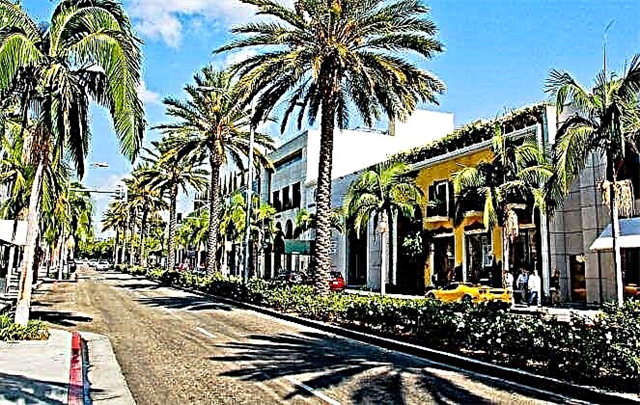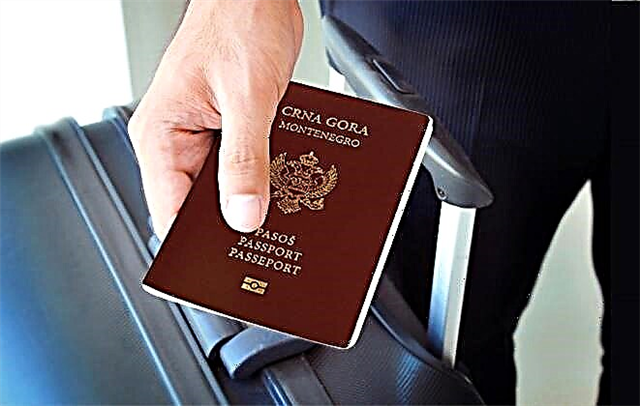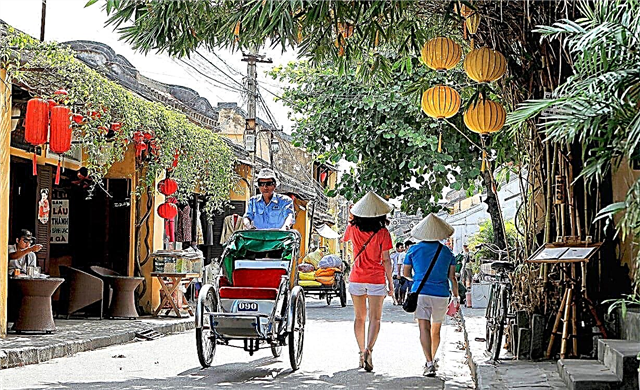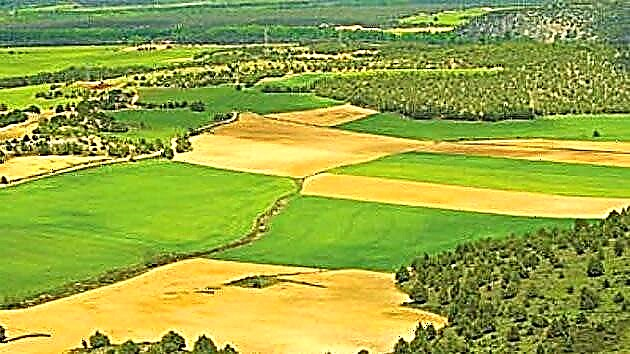The acquisition of a land plot in the Spanish kingdom attracts mainly the category of investors who want to build a cozy house or villa, if not on the coast, then somewhere in an accessible place. But can all foreign citizens buy a plot in Spain? And where to find a land seller? Let's try to answer these questions and figure out how to buy land in Spain.

What the legislation says about this
Unlike a number of other states, Spanish law does not prohibit the purchase of land by foreign citizens. Moreover, they can do this under the same conditions as residents. However, there are some nuances:
- the land plot must be located no closer than 150 meters from the sea coast, since the entire coastal territory belongs to the kingdom. Therefore, when choosing an allotment, say, in the Costa del Sol or Costa Brava, make sure that the indicated distance is observed;
- construction of houses is possible only on those plots that are intended for building.
The sale of land in Spain is regulated by the following documents:
- Royal Decree 7/2015 of 30.10, which refers to land belonging to cities;
- the law concerning investors, their internationalization (14/2013 of September 27);
- Article 132 of the Constitution, which states that the coastal strip is the property of Spain and cannot be sold;
- Law of July 28, No. 22/1988, regulating the status of the coastline.
What types of plots are there in Spain
A map of the breakdown of territories by purpose can be obtained from the municipality of the region in which the purchase is planned. On this basis, all land in the country can be divided into three categories:
- Suelo Urbano - urban lands. They are intended for development and already, as a rule, contain the main communications: electricity, water and sewerage. The sites are located within the settlements.
- Suelo Urbanizable - urbanized land. The main purpose is capital construction. Their location is not only the city limits, but also the adjoining territories of the villages. If such a site is included in the city plan, it can be transferred to the urban category, having received approval for this from the municipal department of architecture.
- Suelo Rustico - Areas designated for agriculture or areas that are endowed with archaeological or historical value. The construction of any structures on them is prohibited. It is also not possible to transfer the allotment to "urban" until a new master plan is adopted. The construction of one building is allowed only to the farmer who is engaged in the processing of this plot of land. Historically and archaeologically significant lands are generally closed to any buildings.
Therefore, before buying this or that site, you should find out what it is intended for.
How much is a land plot in Spain
When intending to purchase a land plot in Javea or a suburb of Barcelona, you should understand the order of prices for certain lands. The fact is that allotments of the same size can differ significantly in value.
The difference in pricing is due to several factors:
- distance from the coastline. The further the land is from the coast, the cheaper it will be;
- flatness. Spain is a mountainous country. This means that finding a flat area for building is not an easy task. If it is found, it will cost several times more than the same plot in a rocky area;
- the presence of buildings on the territory. If there is already a house or a villa on the ground, they will be included in the cost accordingly. The functional purpose of real estate is also important - commercial or residential;
- the location of the land plot. Land in Murcia, Catalonia, Mijas and Madrid has different distances from the coast. The status of the city itself is also important. For example, buying a land plot in Madrid would be an expensive undertaking, given that this is the capital. The same applies to the Catalan capital of Barcelona - settling in its suburbs will require a considerable budget.
The table shows the approximate cost of plots in different regions of the country:
Region | Area in square meters | Price in EUR |
|---|---|---|
Costa Blanca | 3654 (for the construction of a complex or apartments) | 2 200 000 |
Costa Brava | 40 | 66 000 |
| Catalonia (30 km from Barcelona) | 6000 | 1 500 000 |
Canary Islands (Tenerife) | 187 (there is an estate on the territory) | 610 000 |
Costa Dorada | 461 (coastal view) | 130 000 |
Andalusia | 155 000 | 5 425 000 |
Valencia | 1169 | 190 000 |
What expenses will be incurred when making a deal
The total value of the land plot is not limited only to the amount that will be indicated in the contract. If the buyer's Spanish language level is too low, you will have to use the help of a translator. His services are paid additionally.
Another person, without whom the deal will not do, is a notary. In most cases, he is also a state registrar, who will have to enter the fact of entry into ownership in the real estate register. The amount of expenses for the services of these persons will depend on the value of the object.
All payments, including notary and state registration, usually do not exceed 1000 euros.
An assistant in the person of a lawyer will not be superfluous. This person will take over the full support of the transaction, check the status and permits for the site. If a purchase is to be made through an intermediary firm, this service is most often included in the service. But then be prepared to pay the commission. Many companies charge between 20 and 50% of the contract amount.
What taxes have to be paid
Having chosen a land plot by the sea or in any other part of the country and having checked all its important characteristics, you can proceed to the calculation of tax payments. Their value is completely determined by the cadastral value of the allotment.
So, what you need to be prepared for:
- if the seller is a legal entity. In this case, you will have to pay 21% VAT, since we are talking about the purchase of a company asset. To it you need to add IAJD - tax payment to the Treasury. Its size is about 1%. This indicator may differ in different regions. For example, in Catalonia, it is 1.5%;
- the seller is a private person. In this case, instead of VAT and IAJD, a fee is paid for the transfer of land ownership - the so-called ITP. The size of the payment also depends on the region. The indicator ranges from 6 to 10%. For example, in Catalonia it is 10%, but in Madrid only 7%. Accordingly, the amount of tax can be found in the region where the site is located and where the deal will be concluded.
It should be borne in mind that if construction begins on the site within the next year, the cost of the facility will increase by 8%.
It should also be remembered that deforestation is prohibited in Spain, even if it is located on your individual allotment.
To avoid a large fine, these actions must be coordinated with the city administration.
How is the purchase procedure
After you have decided on the site, you need to request the following documents for it:
- Extract from the Register of Property Rights to obtain information about the owners. For example, if an object is the inheritance of several persons at once, the terms of registration of the transaction may significantly increase.
- Information about the presence or absence of debt obligations (for example, a mortgage).
- Proof of payment of municipal taxes.
- Cadastral number and registration.
- Information about the purpose of the land.
- Information about possible restrictions on construction or alienation if the site is located next to a road or forest belt.
- Availability of easements to the land.For example, you entered into ownership, but it turned out that this territory has always been a place where cows were driven and local residents asked to leave it as such, or they decided to lay a gas pipeline through this section.
- Land plot topography.
If you are planning to build a house, it is important to consult with an architect before buying. The fact is that in Spain there are norms that affect the number of storeys of buildings, decorative elements, the color of the walls outside, roofing materials and even fences.

If you are lucky to buy a plot for an inexpensive price, you need to understand what the parameters of the future object should be, are there any restrictions on the height of the building in this area.
Communication is of great importance. If they have to be let down, it will lead to serious expenses.
To conclude a deal, the buyer will need:
- Passport.
- Account in one of the Spanish banks.
- Foreign Citizen Identification Number (NIE), which is issued at the police station on the basis of a foreign passport.
Opening an account should be taken care of in advance, since the Spaniards are not inclined to make transactions for cash.
At the first stage, a preliminary contract is signed and a deposit is paid. The main contract is concluded in the presence of a notary and the parties to the transaction. After that, the site is re-registered in the Register and all fees are paid.
Finally
It is possible to become the owner of land in the Spanish kingdom under the same conditions that apply to the purchase of real estate. Foreigners in this matter enjoy equal rights with residents. The main thing to consider is the status of the land plot, since all plots in the country have different purposes, and the possibility of building on them is not always provided. Land prices depend on the region, relief, area and distance from the sea. Moreover, the final cost estimate must also include taxes and services of a notary and a lawyer.


